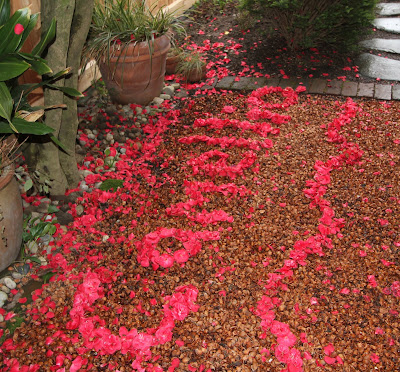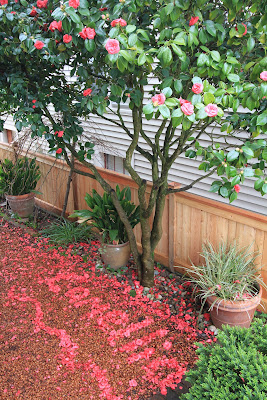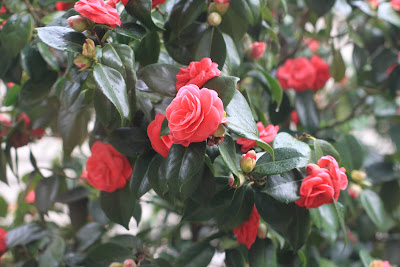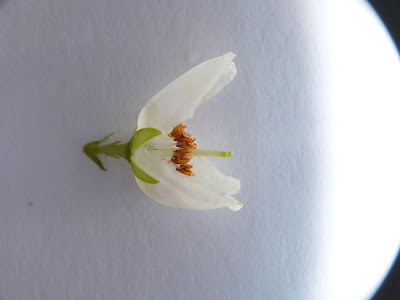
Music we’ve listened to at the end of 2011 and the beginning of 2012. Spotify playlist: Travelmarx Winter 2012.
1. Rickie Lee Jones (Pirates) - After hearing Rickie at the Jazz Alley, we went back to some of the albums with tracks she performed, including Pirates (1981) and the track Living It Up - musical story telling at its finest.
2. Fraser, Budd, Guthrie, Raymond (The Moon and the Melodies) - Memory Gongs played when you need to take it down a notch or two.
3. Augie March (Moo You Blood Choir) - The track Honey Month oozes lushness into our ears. We don’t know what it all means really. For a long time, we misread the track title as Honey Mouth - which could equally apply to the songs on this album.
4. Jóhannsson, Jóhann (Fordlandia) - A minimalist composition inspired by the failure of Henry Ford’s Brazilian rubber plant of the same name. Music to think by.
5. k.d. Lang and Siss Boom Bang (Sing It Loud). Play it loud and often. We like the title track Sing It Loud.
6. Max Richter (Infra) - We have a soft spot for Max Richter and his haunting music.
7. Feist (Metals) - Darker than past albums.
8. Slow Train Soul (Illegal Cargo) - Behind this funky effort is ½ of the Puddo Varano, Morten Varano. You might recognize a number of tracks if you’ve listened to any of the Hotel Costes series before.
9. M. Ward (Hold Time) - Great hooks and lyrics makes you want to listen again and again.
10. Bjork (Biophilia) - With iPad app. We are still trying to make sense of it all.
11. Rinocerose (Guitar Organisation) - A guilty pleasure.
12. Francois Poulenc - (Gloria) - Composed in 1959. We once sang Laudamus te in chorus and we keep coming back to it.
13. The Great Lake Swimmers (Ongiara) - Yes, it is still in heavy rotation in our headphones at work. There is a peaceful and easy feeling about this album. I think I Became Awake will be our 2012 theme song.
14. Uakti and Philip Glass (Aguas da Amazonia) - Two favorite artists, together.
15. Andrew Bird (Useless Creatures) - Please play at our funeral.
16. Finley Quaye (Vanguard) - We came to this album through the track Calendar.
17. William Orbit (My Oracle Lives Uptown) - Radioharp - some tracks are good, others a tad too sweet.
18. Jun Miyake (Stolen From Strangers) - After seeing the movie Pina which featured music from Miyake we just had to get this and we aren’t sorry.
19. Pina Soundtrack - The soundtrack to the Wim Winders film about Pina Bausch. Excellent movie and soundtrack.
20. Devendra Barnhart (Smokey Rolls Down the Canyon) - What can one say about this release? We love it. Shabop Shalom alone is worth it.
21. Cocteau Twins (Snow) - The Cocteau Twins do Frosty the Snowman? It was a big disconnect when we hear in Banana Republic of all places.
22. Wilco (The Whole Love) - We always start off saying “oh” another Wilco release and then we can’t stop listening to it.
23. Carmen Consoli (Elettra) - Love the waltz Sud Est.
24. Melody Gardot (My One and Only Thrill) - The whole album is great. To think we learned about this album in a spin class! Okay, it was a song used for stretching at the end.
25. Kate Bush (50 Words for Snow) - We were excited when we came upon the Director’s Cut earlier this year. Now this? Say it isn’t so.

































